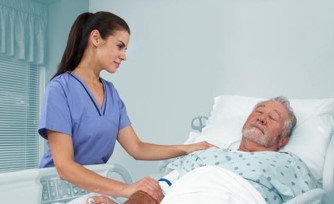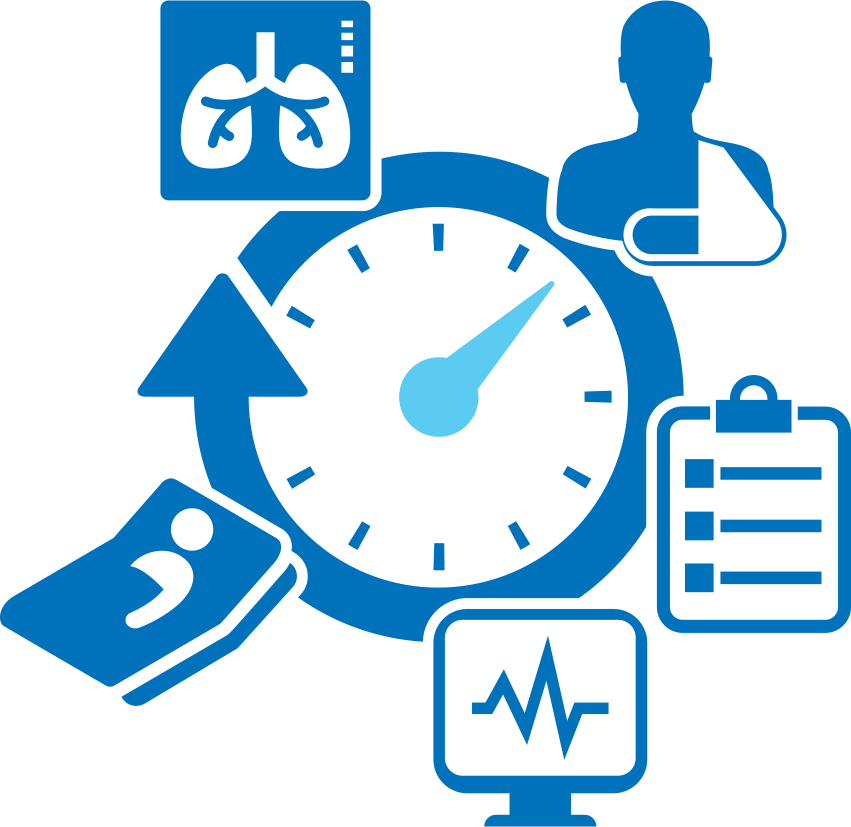
The introduction of continuous ward monitoring has the potential to improve quality of care in traditionally unmonitored or under monitored settings.

Clinical and Economic Advantages of Continuous Respiratory Monitoring on the General Care Floor
Hear how international experts would prevent the issue of patient deterioration in the surgical wards.

Frederic Michard, MD, PhD
Protecting Ward Patients: The Case for Continuous Monitoring
ESICM LIVE 2019

Carla Jungquist, PhD, ANP-BC, FAAN
Early Detection of Patient Deterioration on the GCF: Instituting Effective Vital Sign Monitoring
To learn more about ward monitoring solutions:

“Aside from close monitoring and continuously referring to the Anesthetic team, it is very stressful because this can lead to cardiac arrest and death. Mentally exhausting, sad and disappointing if a patient leads to death.”
-Recovery Nurse

“It is stressful because of the workload that we have to do, and because of the unfortunate event to the patient, he/she will be longer in the unit, will delay the discharge and might cause any kind of problems in their lives.”
-ICU Nurse

“It is stressful and challenging because we are dealing with an airway issue that could potentially lead to respiratory arrest, so it would require two nurses to manage the patient with OIRD, one is maintaining the airway and one is preparing and cross checking the emergency drugs.”
-Respiratory Nurse

“It is stressful due to the worry about the patient’s well-being. It leads to an increased workload due to the increased frequency of monitoring, which can impact how the rest of the day runs, and how much time I have with each patient.”
- ICU Nurse
Post surgery patient deterioration, the nurse’s perspective.1